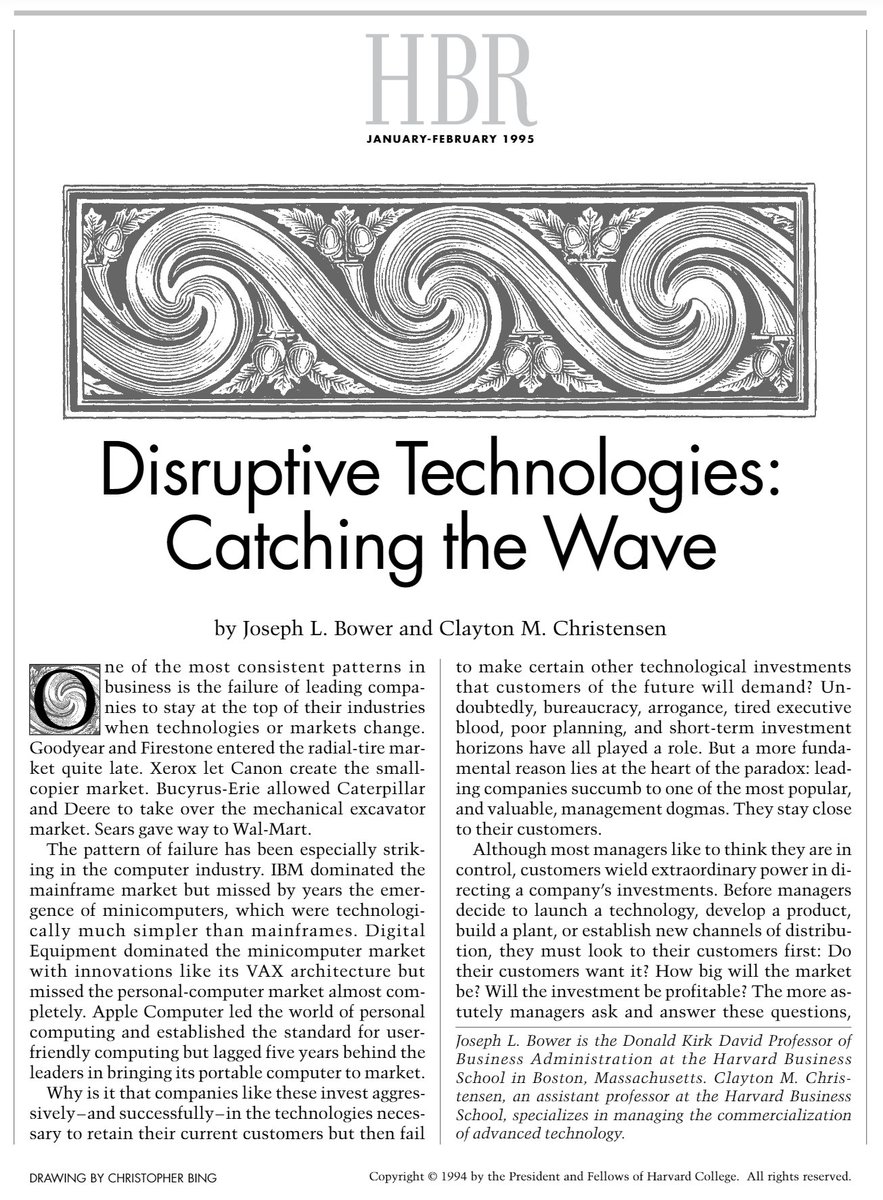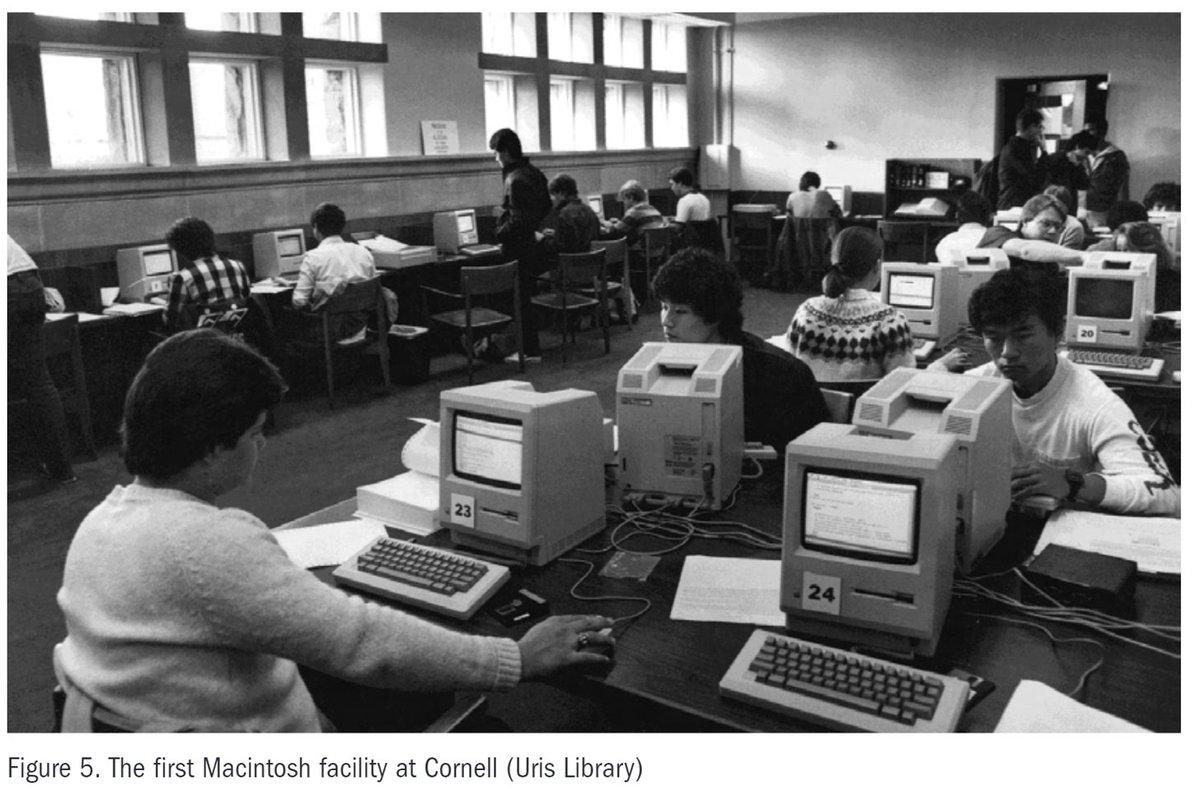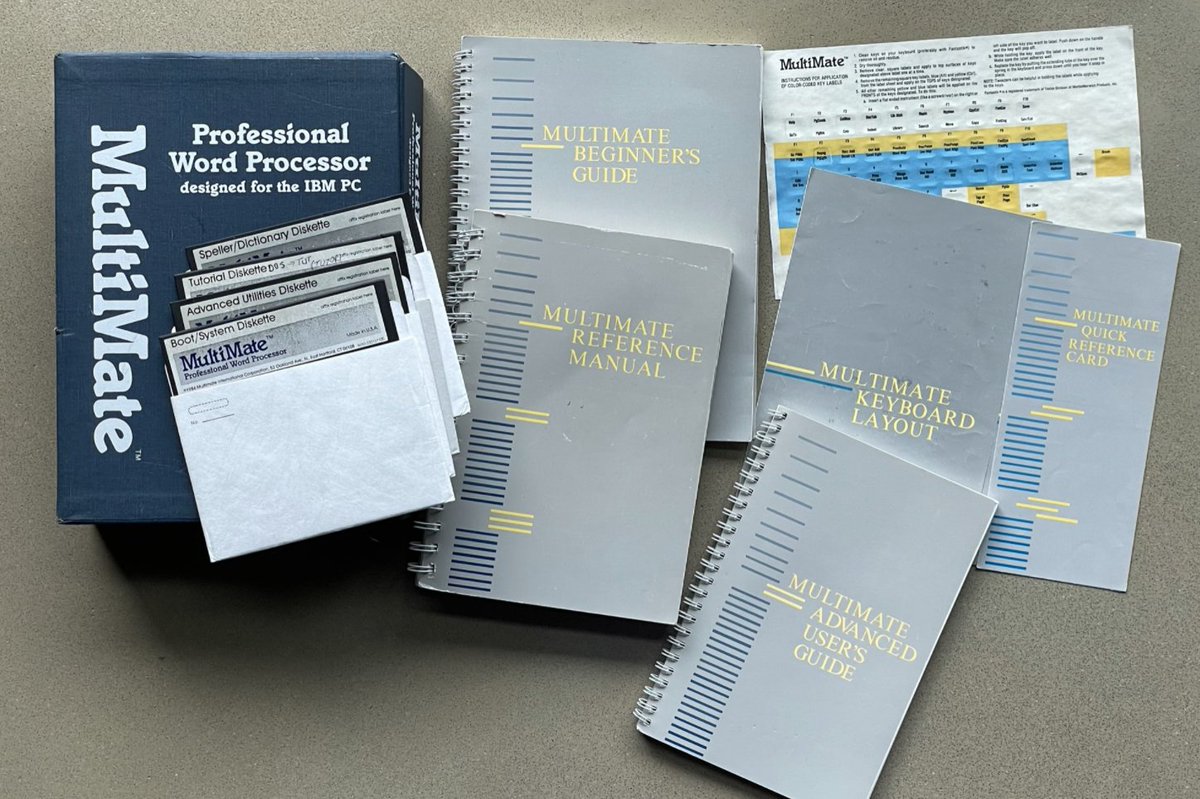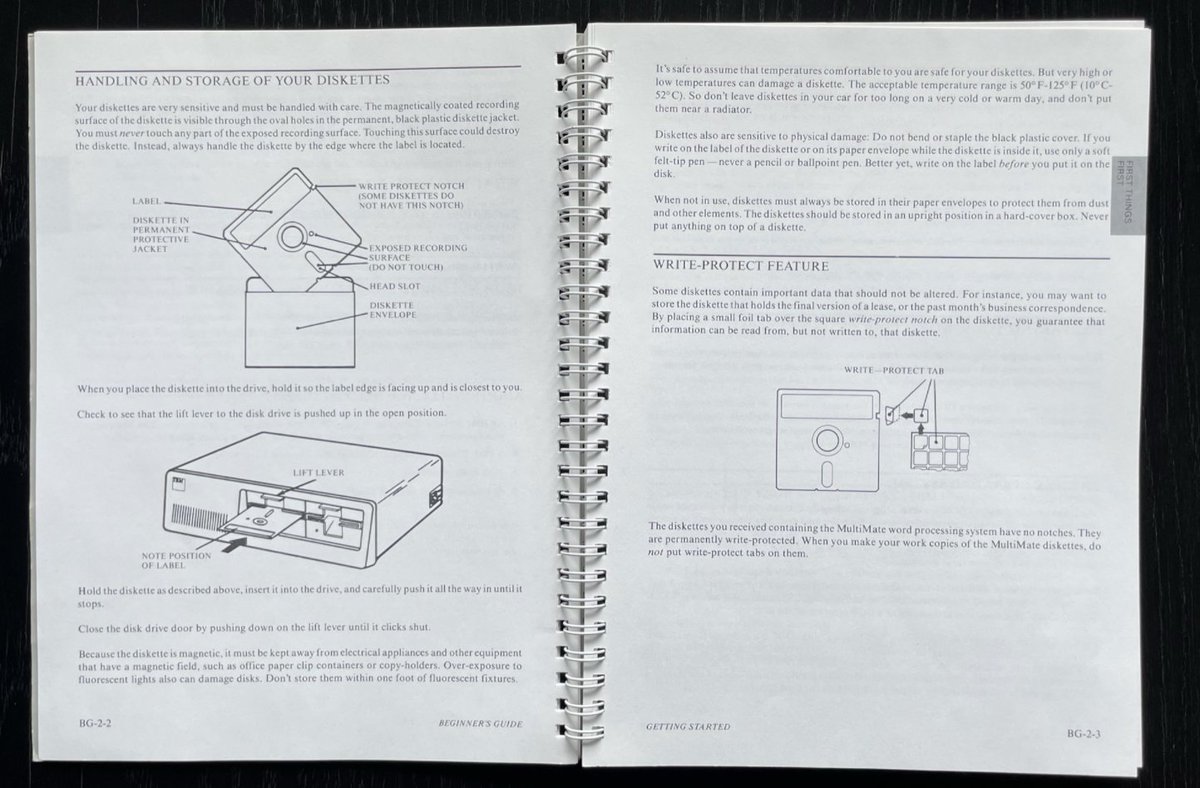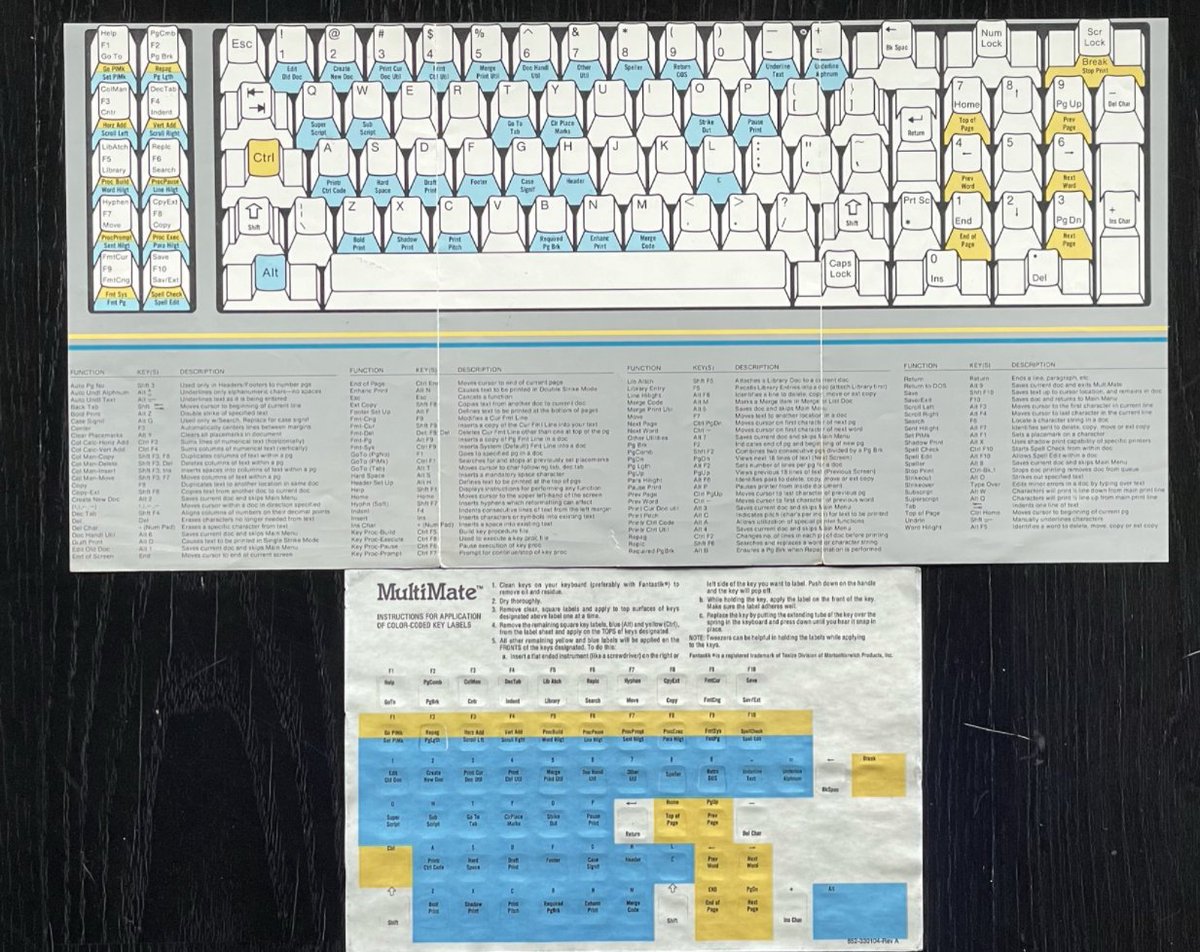
What did a corporate network look like in 1994? Here are some slides I made in the summer of 1994 for the interns. MS had 35,000 PCs sending 12.2 million email messages a month. Also, MS had 23 mini computers and a mainframe with 3.2 terabytes of disk space. 1/ 



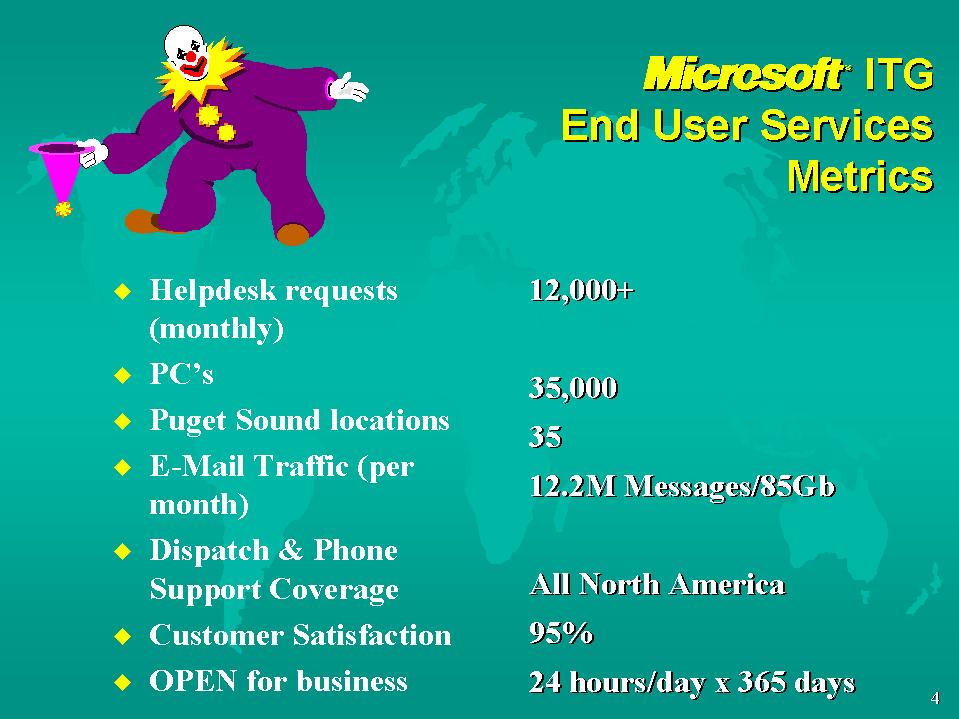



2/ Why is this so interesting? Because companies around the world were building out networks like this right when the Internet arrived. The Internet upended how to think about connectivity. A BigCo connected to the internet versus making its own Intranet.
3/ Many of us were incredibly excited by the opportunity the Internet brought us. Sitting in a hallway outside a the TCP/IP Dev Manager's office was Microsoft's FTP server. No demand gen. Spontaneous usage! 

4/ Even the most basic stuff we don't even think about today was a "product" to get made. Microsoft released the first commercial DHCP Server in mid 1994 even before the OS was done. The ink was not even dry on the RFCs. (This is NAT, by the way). 

5/ The Internet was happening ~18 months before Windows 95 ("Chicago") shipped. In "Hardcore Software" (subscribe 👉hardcoresoftware.substack.com), story is right at moment when MS faced the disruptive nature of the Internet. Here's Moasic running on early build w/ START. //END 

PS/ The photo in the first tweet of the "Operations Center" is the *entire* operations center for the global network. It was located in the same building as the shared locker room for the corporate campus. We used to give tours! 

PPS/ I probably should have included the title slide for full effect. I converted them to Office 97 from the native 16 bit to use on a more modern connected PC. That’s Clippy running natively.
The title of this talk is 💯 and exactly perfect for hardcoresoftware.substack.com.
The title of this talk is 💯 and exactly perfect for hardcoresoftware.substack.com.

• • •
Missing some Tweet in this thread? You can try to
force a refresh


